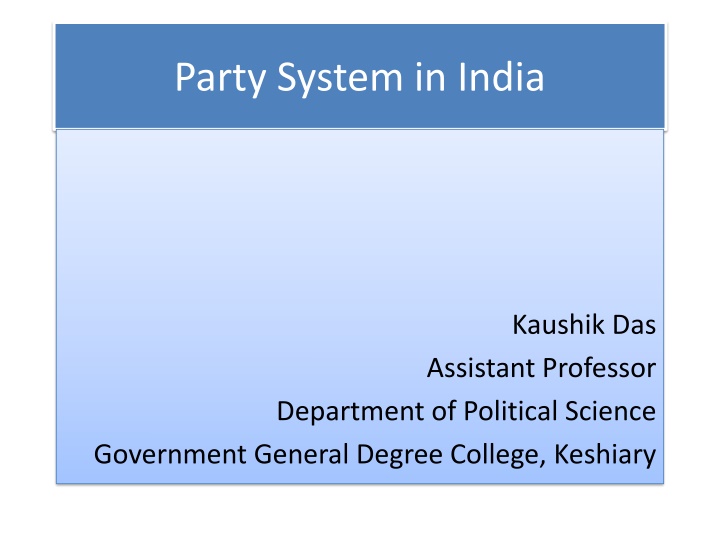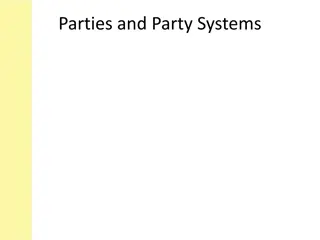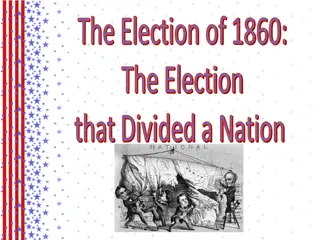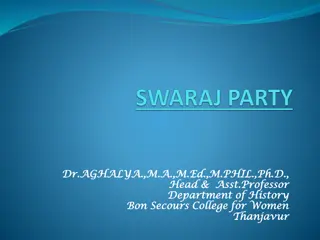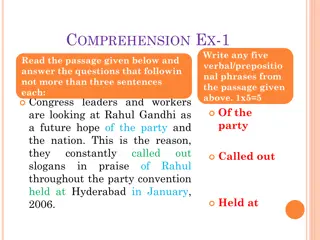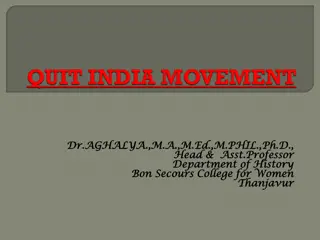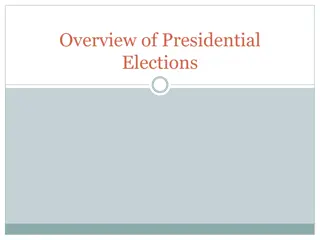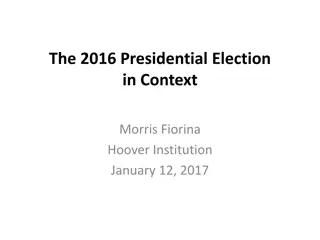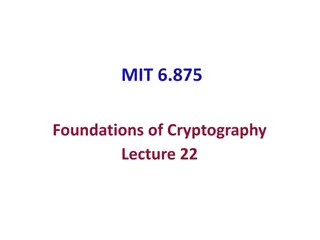Party System in India
Kaushik Das, an Assistant Professor in the Department of Political Science at Government General Degree College, Keshiary, delves into the intricate workings of the party system in India. With a keen focus on political dynamics and governance, he provides insights that shed light on the contemporary political landscape of the nation.
Download Presentation

Please find below an Image/Link to download the presentation.
The content on the website is provided AS IS for your information and personal use only. It may not be sold, licensed, or shared on other websites without obtaining consent from the author.If you encounter any issues during the download, it is possible that the publisher has removed the file from their server.
You are allowed to download the files provided on this website for personal or commercial use, subject to the condition that they are used lawfully. All files are the property of their respective owners.
The content on the website is provided AS IS for your information and personal use only. It may not be sold, licensed, or shared on other websites without obtaining consent from the author.
E N D
Presentation Transcript
Party System in India Kaushik Das Assistant Professor Department of Political Science Government General Degree College, Keshiary
MEANING OF POLTICAL PARTY : Political party, a group of persons organized to acquire and exercise political power.
Three Types of Political Parties in India 1. National Parties, 2. State Parties 3. Unrecognized Parties 1. National parties A registered party is recognised as a national party only if it fulfils any one of the following three conditions A party should win 2% of seats in the Lok sabha from at least three different states. At a general election to Lok Sabha or Legislative Assembly, the party polls 6% of votes in any four or more states and in addition it wins four Lok Sabha seats. A party gets recognition as a state party in four states.
Continued.. 2. State parties A party has to fulfill any of the following conditions for recognition as a state party: A party should secure atleast 6% of valid votes polled and win atleast 2 seats in a state assembly and 1 seat in Lok Sabha general election A party should win minimum three percent of the total number of seats or a minimum of three seats in the Legislative Assembly. A party should win at least one seat in the Lok Sabha for every 25 seats or any fraction thereof allotted to that State. Under the liberalised criteria, one more clause that it will be eligible for recognition as state party if it secures 8% or more of the total valid votes polled in the state.
Continued. 3. Unrecognised parties Amra Bangali (1983 )Prabhat Ranjan Sarkar Gorkha National Liberation Front 1980-Subhas Ghisingh Gorkha Janmukti Morcha (2007-Roshan Giri) Swaraj India (2016-Yogendra Yadav) Akhil Bharatiya Gorkha League 1943- BHARATI TAMANG Founder: Damber Singh Gurung
Functions of a Political Party (i) Political parties contest elections and share power. (ii) They agree on some policies and programmes for the society to promote collective good. (iii) If a political party is unable to win a majority, it makes an alliance with other parties to form a Coalition Government. (iv) Political parties try to persuade people that their policies are better than others.
Salient Features of Party System in India One Party Dominance System A Multi-Party System Lack of Strong Opposition Personality Cult Lack of Ideological Commitment Emergence of Regional Parties Factions within the Parties
CONTINUED.. COMMUNALISM AND CASTEISM MASS ORGANISATION PRESENCE OF UNRECOGNISED PARTY CENTRALISATION IN THE PARTY STRUCTURE PRESENCE OF LANGUAGE BASED PARTY
